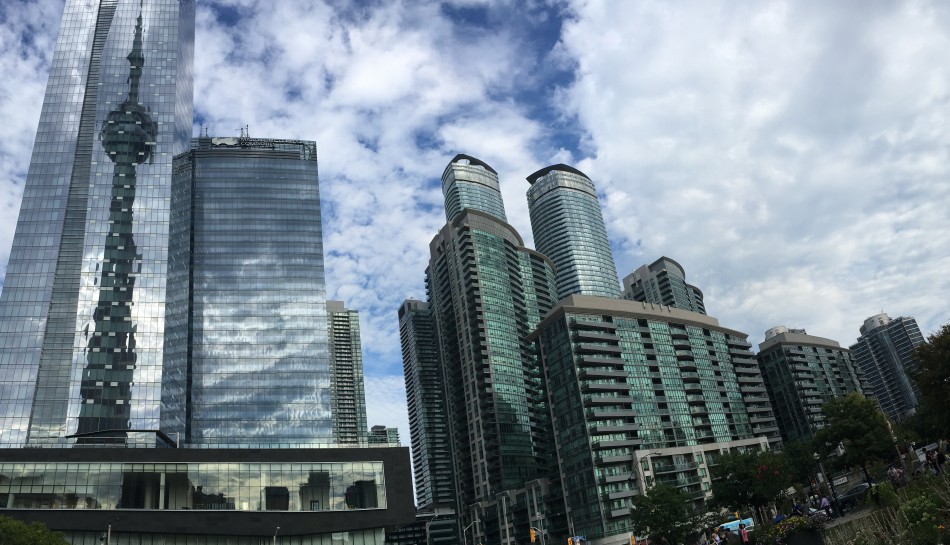Today, the Canadian government made an announcement on the continued immigration support for Hong Kong residents in Canada. In 2021, IRCC created two pathways to permanent residence for Hong Kong residents who have either worked or studied in Canada. Stream A has been open to former Hong Kong residents who have graduated from a post-secondary learning institution in Canada within the last 3 years.
Stream B has been open to former Hong Kong residents who have graduated from a post-secondary learning institution in Canada or abroad, and have at least one year of work experience in Canada.
As of August 15th, IRCC will be removing the educational requirement from Stream B, meaning as long as a candidate has had at least one year of work experience in Canada, they may apply for permanent residence. Not only will this allow more Hong Kong residents who have worked in Canada to get permanent residency, but it also eases the application process because it no longer requires proof of Canadian or foreign educational credentials.
The expansion of Stream B also helps to fill Canadian job market labour gaps with Hong Kong residents with valuable Canadian work experience.
Hong Kong residents in Canada
Hong Kong is one of Canada’s largest sources of immigrants. According to Statistics Canada 2021 census data, there were 213,855 immigrants in Canada who put Hong Kong as their place of birth, making it one of the top five Asian source countries for Canadian immigrants.
Data shows that Canada welcomed 3,750 new permanent residents from Hong Kong between January and November of 2022 and 8,705 study permits were issued to international students from Hong Kong in the same period. In addition, 8,795 work permits to foreign workers from Hong Kong were issued under the International Mobility Program in 2022.
Extended work permits for Hong Kong residents
In February of this year, Sean Fraser announced that Canada was expanding its open work permit options for Hong Kong nationals for an additional two years. In order to be eligible, Hong Kong residents must have graduated with a Canadian post secondary diploma or degree in the previous 10 years, which is a change from the previous requirement of five years. They may also hold an equivalent foreign credential for which they can get an Educational Credential Assessment. The post-secondary diploma program must last for a minimum of two years.
Hong Kong residents in Canada temporarily as visitors, students and workers are eligible to apply online from within Canada.
Source: cicnews.com
















